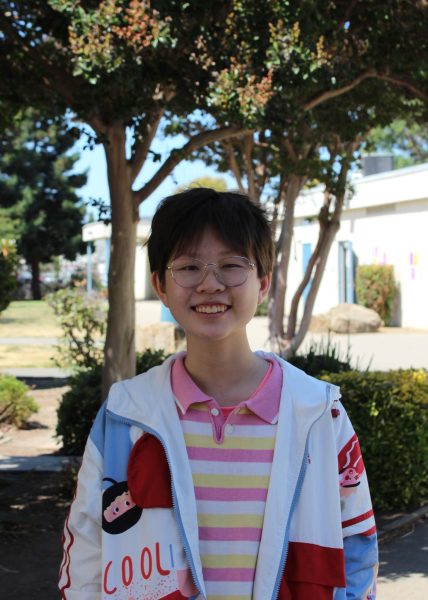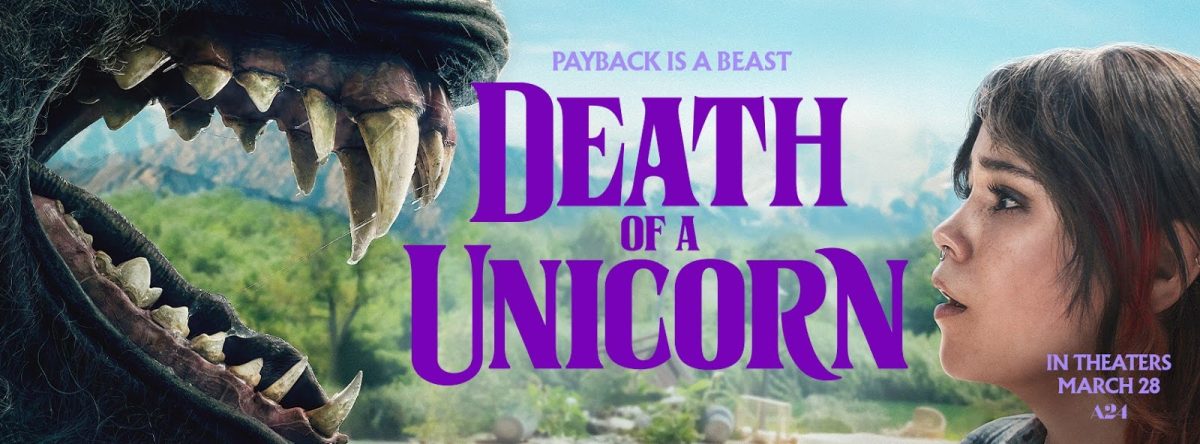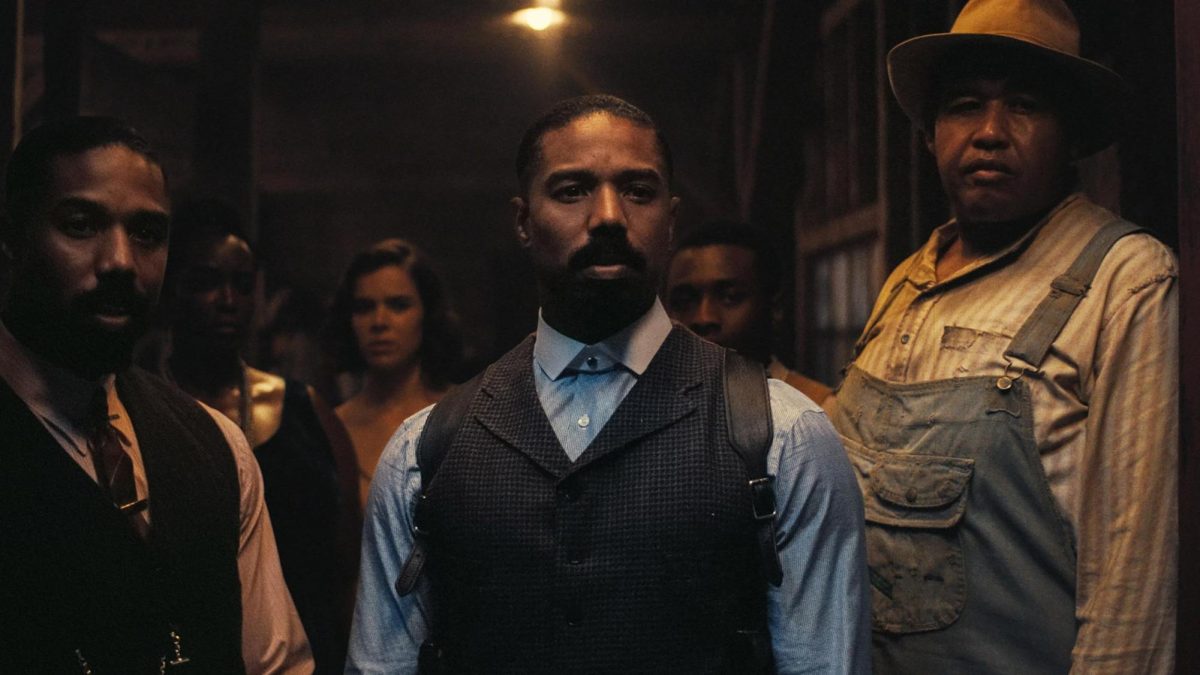(This Article contains minor spoilers for Honkai Star Rail)
On April 26, video game developer Hoyoverse released their latest anime-esque RPG Honkai Star Rail. With more than 30 million pre-registrations, the game met much anticipation as the 1.0 version update dropped with limited-time banners Seele and Jing Yuan in the second half.
Star Rail’s story follows the self-insert main character’s intergalactic ventures with crew members from the Astral Express – a space train going from planet to planet. Through the storyline, the main character “Trailblazer” not only awakens their inner self but also befriends numerous characters through solving each world’s problems.
Immediately upon launch, Star Rail opens with an awe-striking cutscene that panned out on the space station and an impending invasion. On top of all this grandeur, Star Rail uses lighthearted storytelling through slice-of-life humor. While Belobog City looks all the more magnificent in its art nouveau architectural style, it also comes to life with the main character’s … conversations with trash cans. One of the city’s NPCs even goes to perform a fully-voiced rap for one and a half minutes. Fun little exchanges like these only make Star Rail’s environment feel more vivid and lively.
In addition, the game’s simplistic and futuristic style is also crucial to the immersive playing experience it delivers. Compared to Genshin Impact, Star Rail’s background and boss music themes give me less of an emotional rollercoaster and feel more casual. Star Rail’s character designs also feel more coherent and realistic as they break from the strict color coding. The character models appear to be a lot more dynamic because of how hair and fabrics move fluidly. Along with eye-catching combat animations and cutscenes, this makes the combat experience the best part of Star Rail.
The turn-based combat system also allows for more time to plan out moves – unlike the somewhat hectic battle experience I get in Genshin Impact. Star Rail’s shield bar, buff indicators, and debuff indicators make the combat system easier to navigate. The overall experience also being pausable allows me to dedicate time to look at these indicators and skill descriptions.
Yet, Star Rail’s straightforward style naturally means it comes with drawbacks. Being a closed-world game, many exploration mechanics feel rather restricted. Star Rail’s limited amount of overworld monsters and quests meant that the only gameplay really available was to farm chests. But when I was scavenging for chests, I was disappointed to find that the game has a chest counter right there in the corner of every map. On top of all this, the puzzles required to get the chests are too easy and made chests all the less satisfying to find.
The storyline also felt very rushed a lot of the time. Star Rail didn’t have multiple antagonists with conflicting interests as Genshin Impact does; the game only describes the one-dimensional conflict the Express crew has with one party. The third arc was especially confusing as the narrative frequently shifted between the Trailblazer’s, the group’s, and Dan Heng’s perspectives.
A lot of the issues with plot and exploration can be attributed to Star Rail still being newly released. Before the Inazuma and Sumeru expansions, Genshin’s exploration also felt very underwhelming and simple. As time goes on, Star Rail is definitely bound to improve on these various issues. For now, though, I would give the game 4 out of 5 Viking hats.













